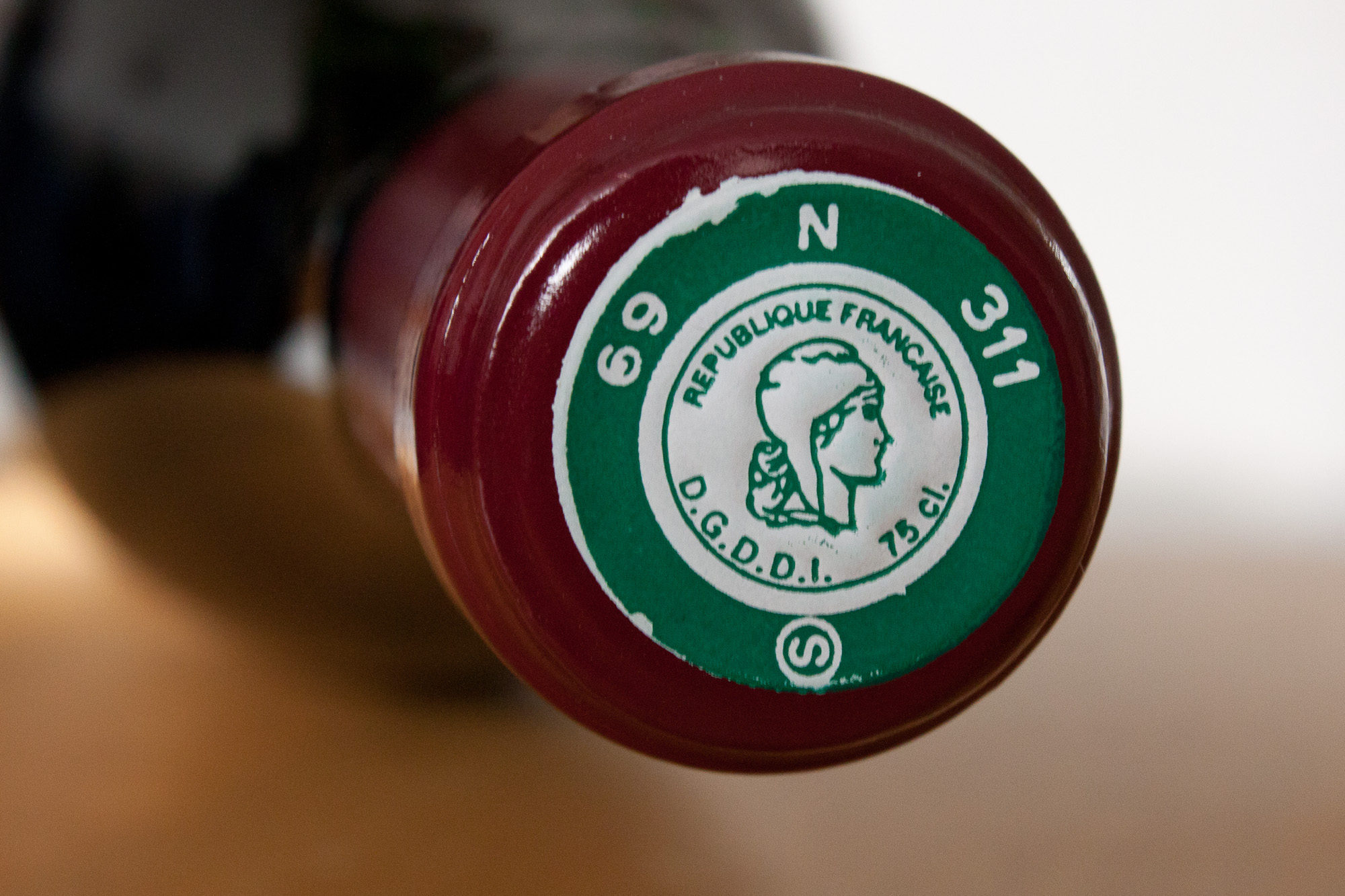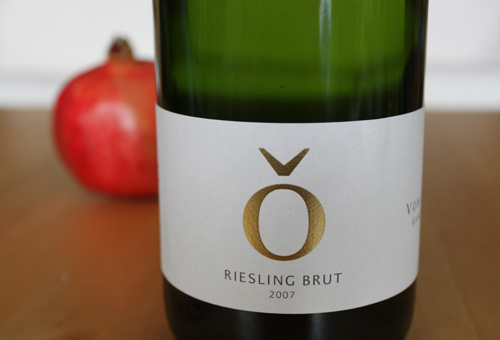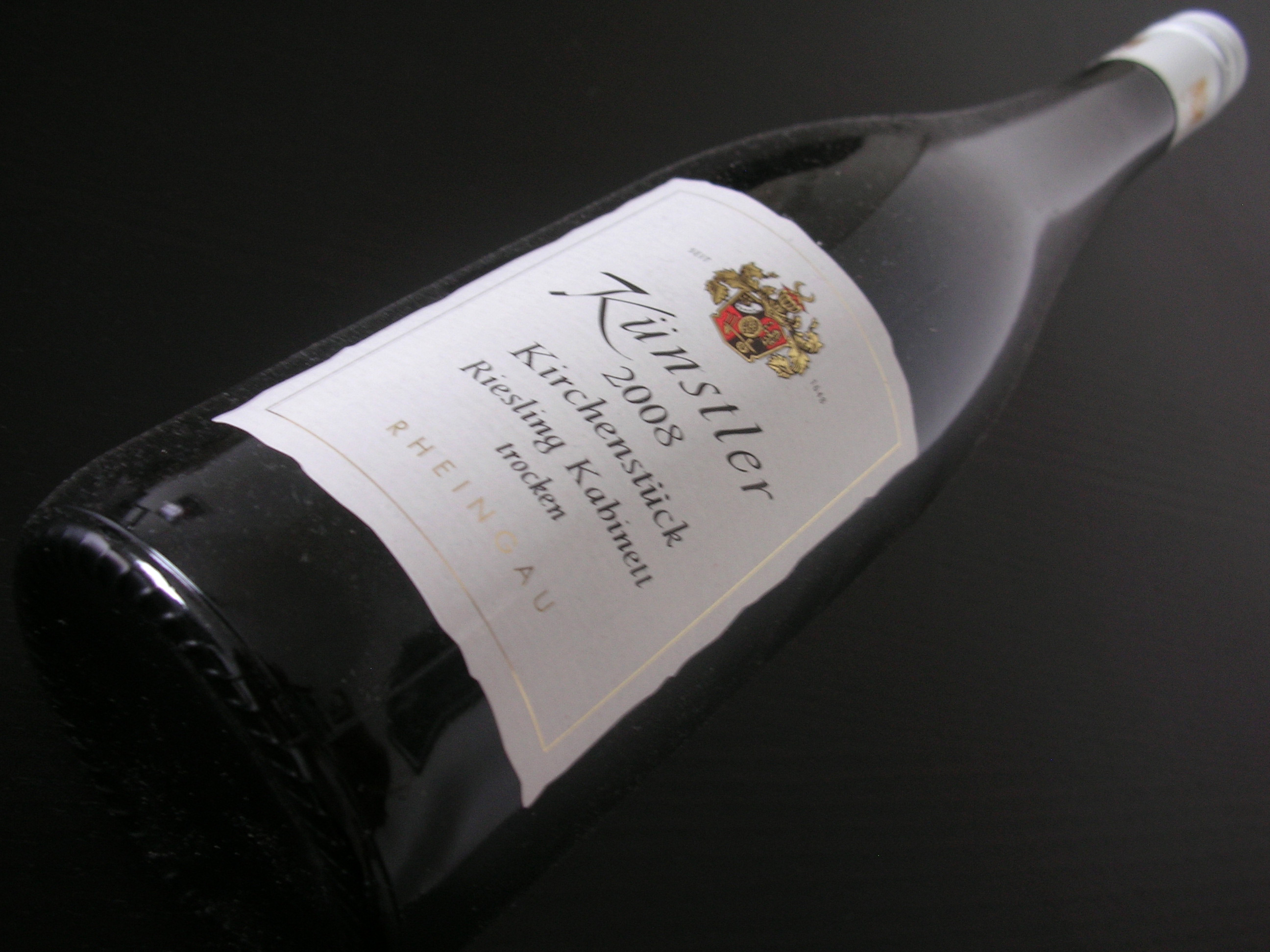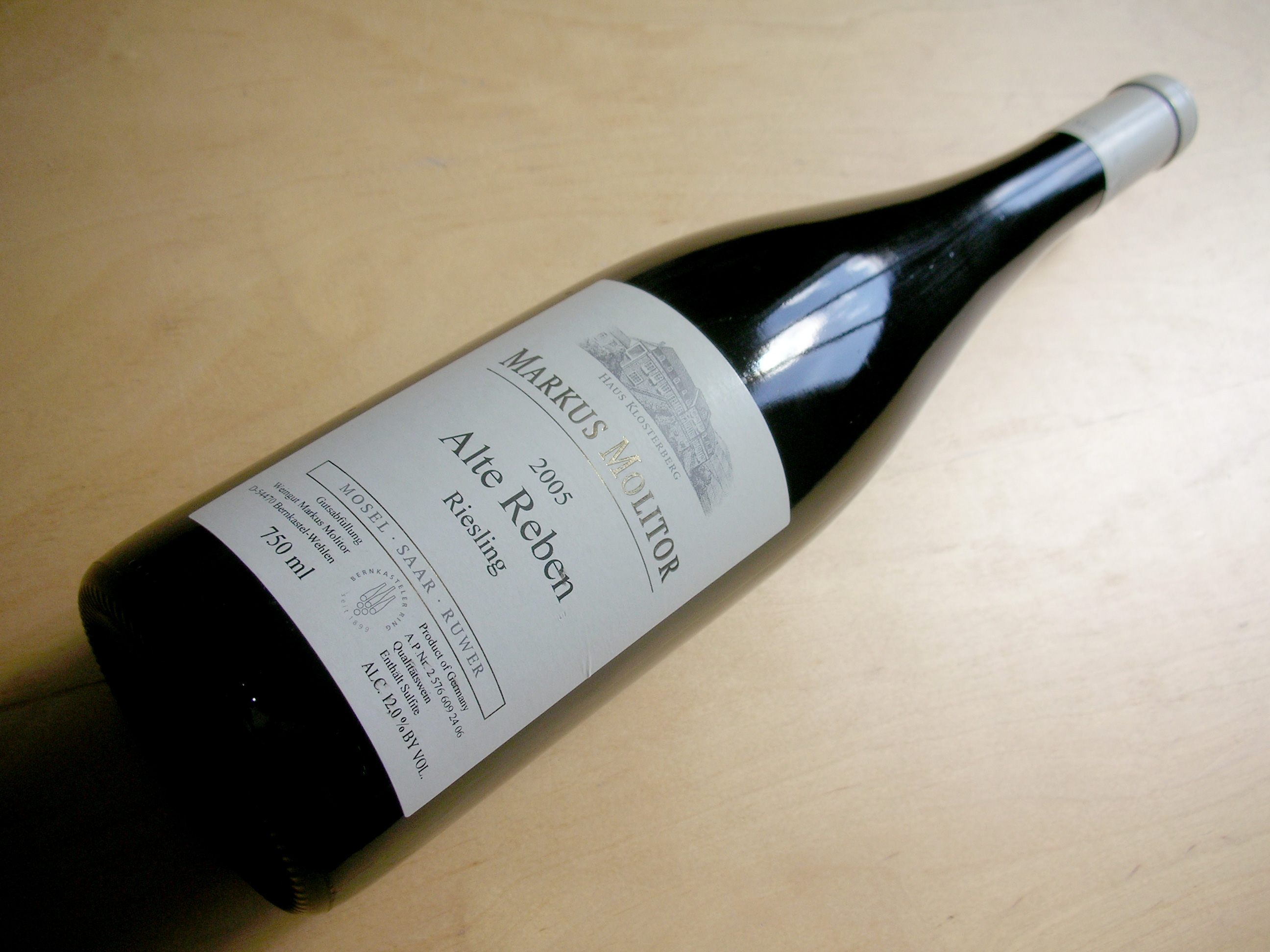Jean-Paul Brun, Moulin a Vent "Terres Dorées", 2009
On the Wine Rambler's project to look into regional french reds from time to time, Beaujolais is an obvious, but also daring choice. Obvious, because: Who doesn't know Beaujolais? Daring, because: Who doesn't know Beaujolais is mostly thin and second-rate, to say nothing of that awful testimony to the power of marketing over taste, Beaujolais primeur.

But let's give the defendant his fair chance to speak up for himself, shall we?









